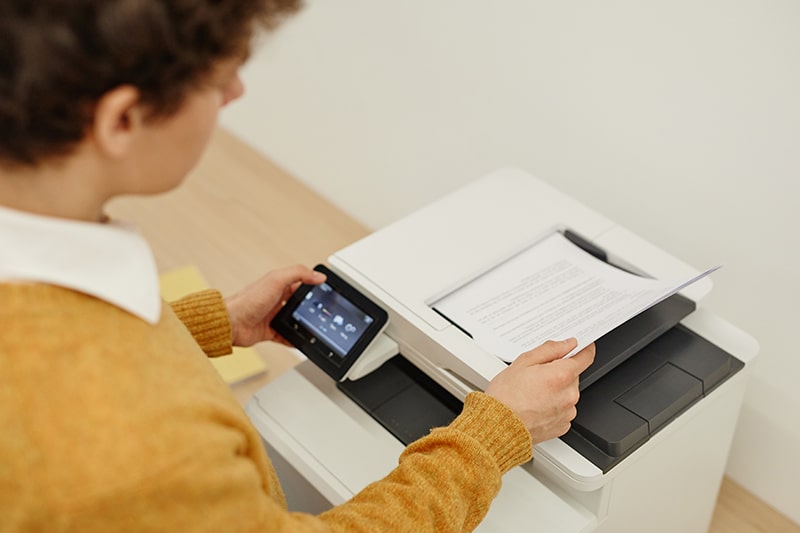Organizations that save large volumes of physical documents or backfiles often find them difficult to store, organize and manage. Backfile conversion is the process of scanning large volumes of documents and converting them into digital format. Bulk document scanning services ensure that your legacy files are quickly converted into easy to manage digital files. Industries that seek backfile conversion include healthcare, human resources, legal, banking, insurance, education, construction, real estate, and the public sector. Based on their requirements, organizations can choose from different types of backfile conversion.
Benefits of Backfile Conversion
Searching through millions of old records piled up in a storage room or warehouse to locate a particular document can take hours or even days. Issues associated with managing large volumes of back files include extensive storage space requirements, high potential for wear and tear, time and effort to find, manually sort and locate files, difficulty in sharing, risk of loss/misplacement, and chances of damage due to calamities and unforeseen events.
With document scanning solutions, organizations can digitize documents in various physical formats such as paper, drawings, card-stock, maps, photos, microfiche, and microfilm. Experienced service providers can ensure efficient, high-speed digitization of old medical records, historical documents, HR records, invoices, deeds, or insurance claims and more.
Backfile conversion comes with many benefits:
- Eliminates costs and risks associated with conventional filing
- Significantly reduces physical storage space requirements
- Efficient document management
- Saves staff time for focus on core tasks
- Preserves text, formatting, and quality
- Instant and secure access to digitized files
- Distribute files via the office network or internet
- Move documents to the cloud and access them anywhere, anytime
- Improved security
- Document storage and retention
- Meet compliance
- Improve office workflow and efficiency
Experts can provide customized solutions and convert archaic or proprietary image file formats to contemporary formats such as PDF, TIFF, JPG and EPS.
Types of Backfile Conversion
Based on your backfile conversion needs, you can choose from different approaches such as ‘complete’, ‘limited’, ‘day forward’, and ‘on-demand’:
- Complete conversion: This type involves conversion of all your records. In complete or full backfile conversion, all of your documents in various physical formats are converted into electronic format. At the end of the project, everything would be imported into a new electronic document management system created for the purpose. With organized, easily searchable documents, your staff can find any file easily and avoid wasting time trying to locate and access information. Complete backfile conversion is expensive.
- Limited or Partial Conversion: This type of conversion is the right option when you want to convert only a specific number of backfiles, such as from 2012 to 2022. At present, your priority is scanning records pertaining to the last 10 years, though you may choose to convert the rest in the future. Another situation when partial conversion comes into play is when an organization focuses on digitizing the paperwork of one department such as HR or accounting or one document format (such as only paper or only microfiche).
- Day Forward Conversion: In this approach, the focus is on converting all documents going forward from now. It is applicable in situations when an organization is looking to implement advanced record management software or automation tools. They would have day forward conversion in place when the technology is set up and as new documents are created, and then come up with a proper strategy to deal with their older records.
- On-demand Conversion: When there is no plan to scan or digitize older documents, on-demand conversion happens. When a file is requested, someone retrieves the record from the storage facility and scans it. Our document scanning company does not recommend this approach as it may take time to find the record, more so if it is in an off-site storage facility.
Attempting a high volume backfile conversion project in house can be extremely challenging. There are many stages involved, from analyzing requirements, planning, and testing to high-speed scanning using advanced technology, quality control checks and creation of a digital archive of the scanned documents. If you are looking for a backfile conversion solution, reach out to an experienced provider of bulk document digitization services. Regardless of the type of backfile conversion, leading outsourcing companies can provide customized solutions.




